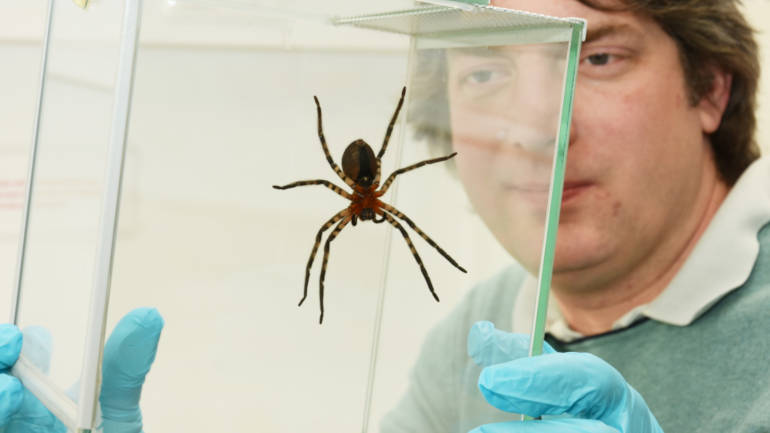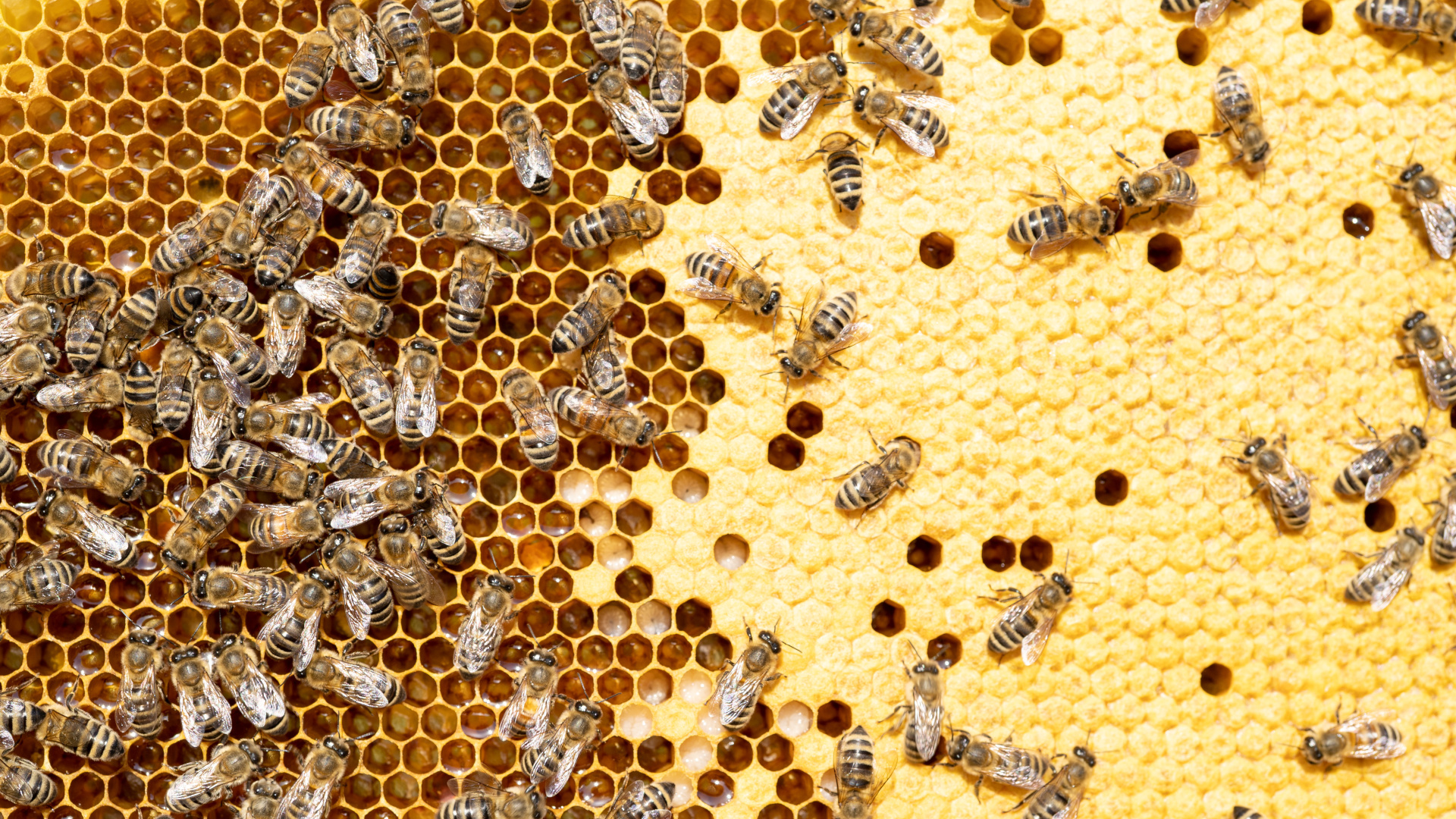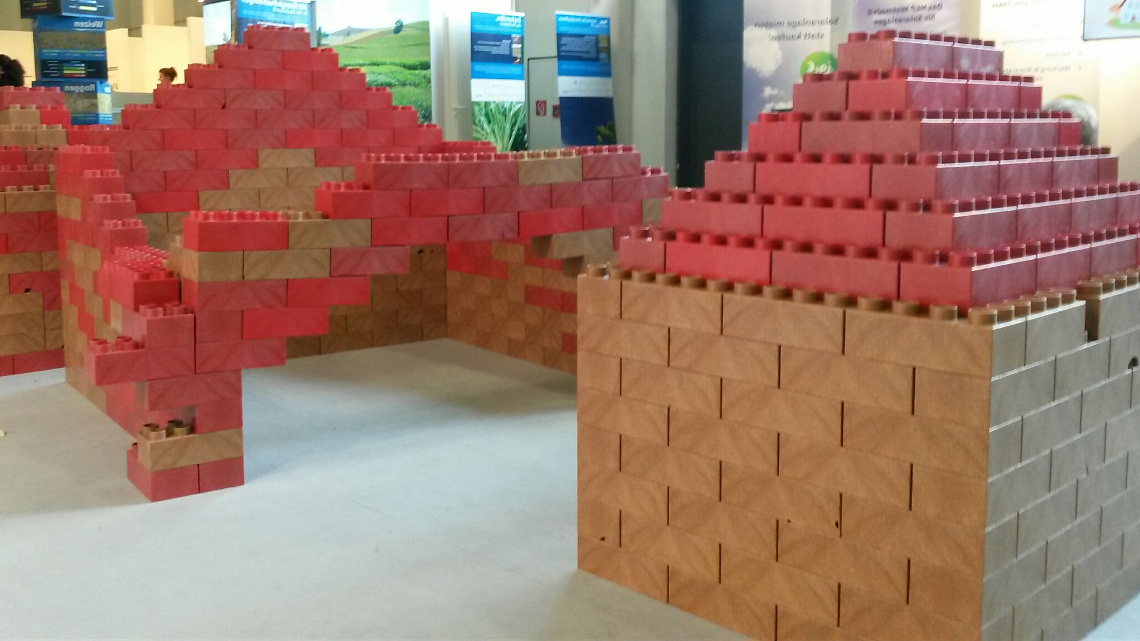How spiders cling to the ceiling
Using modern X-ray technology, researchers have determined the adhesive structure of spider legs. The parallel fiber structure could serve as a model for new materials.

Anyone who wants to walk along the ceiling as a human probably needs Konrad's super glue from the story "Pippi Longstocking" or another technical trick. However, some animals naturally have the ability to defy gravity and can crawl along walls or ceilings. Using the hunting spider as an example, German researchers have investigated which molecular structures enable the animals to permanently withstand the enormous mechanical stresses that act on their tiny adhesive hairs.
Analysis using high-tech X-ray equipment
In the specialist journal "Journal of the Royal Society Interface", the research team of the University of Kiel and the Helmholtz-Zentrum Geesthacht (HZG) reports on the structure of the bristle-like hairs (so-called setae), which are only a few hundred nanometres long. The Cupiennius salei hunting spider has about a thousand of these hairs on each leg tip. The determination of the structure was made possible by special X-ray sources at the European Synchrotron Radiation Facility in Grenoble, France, and at the German Electron Synchrotron in Hamburg. From the way these X-rays are scattered, the researchers can draw conclusions about the composition of the material with an accuracy of just a few nanometers.
Special molecular arrangement absorbs forces
“This method revealed that the chitin molecules in the spider adhesive hairs have a very specific arrangement at the very tips of the hairs. The material of the tips strengthens the adhesive hairs in the direction of the pull off force because of the presence of parallel oriented chitin fibres,” said Martin Müller, materials physicist at the HZG, summarizing the investigations. This structure follows the tensile and adhesive forces acting on the hairs and absorbs the stresses that occur when the spider legs adhere and detach. “Another remarkable insight is that the chitin fibres in other parts of the spider legs run in different directions. This structure, which is similar to plywood, makes the hair shaft stable in different directions of bending,” adds biomechanic Clemens Schaber from the University of Kiel, first author of the study.
Technically imitating the biological principle
Since geckos, for example, also have similar hairs, the researchers assume that this structure is based on a central biological principle that enables them to adhere to different substrates. In order to develop new, particularly resilient materials, these could imitate the special molecular arrangements at the nano level. This is still a major technical challenge. But progress in 3D printing on the nanoscale could one day make this possible, the scientists believe.


